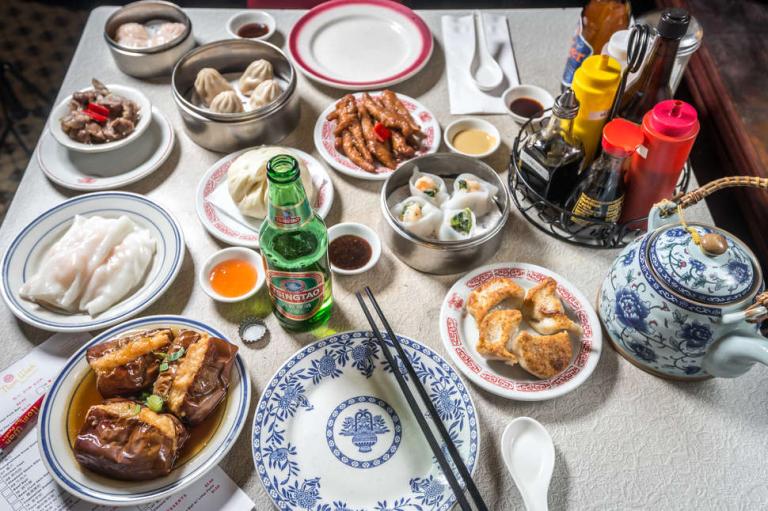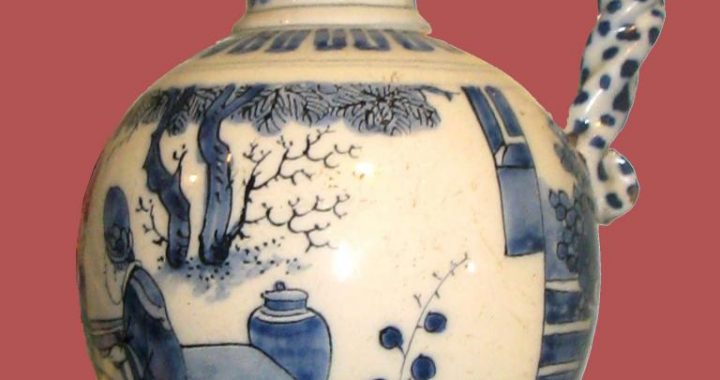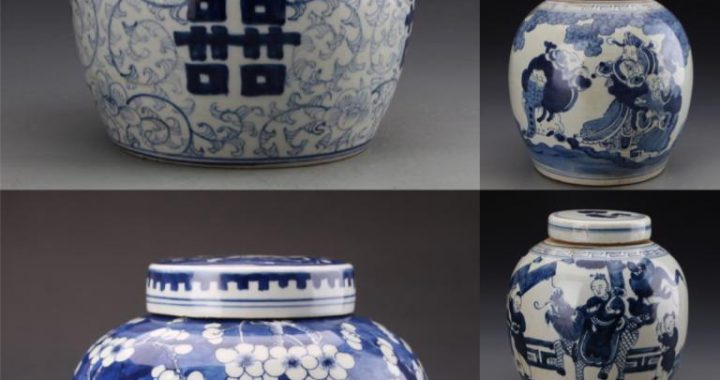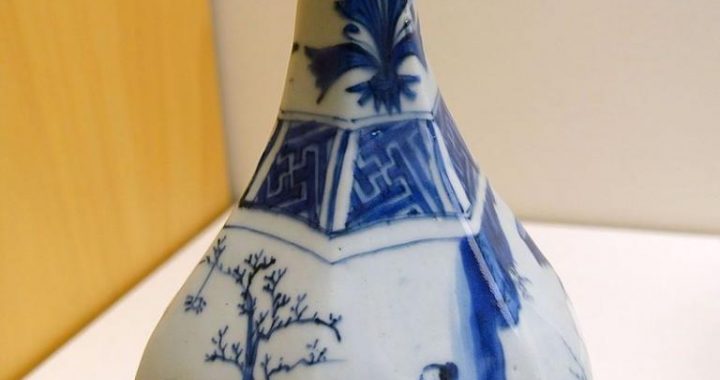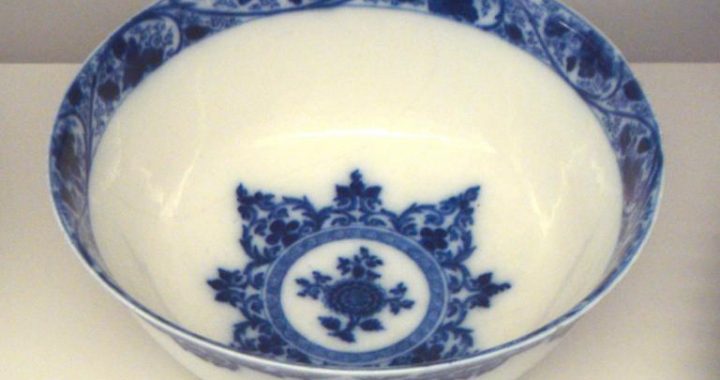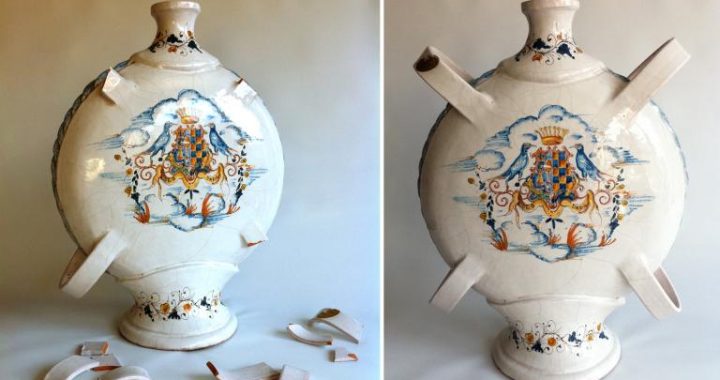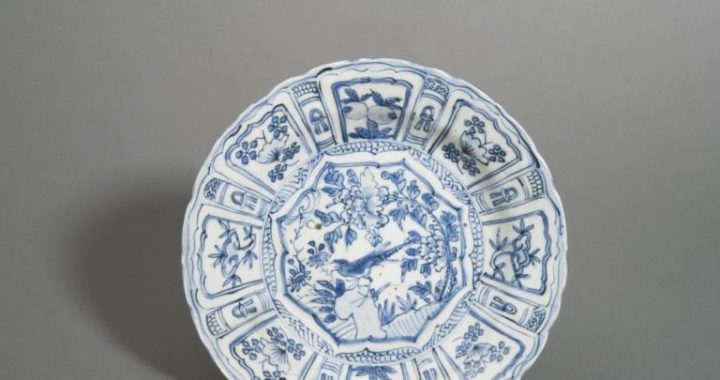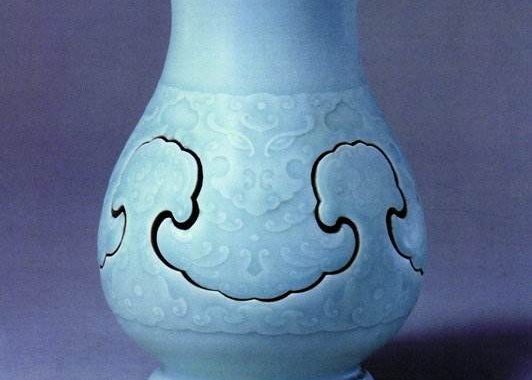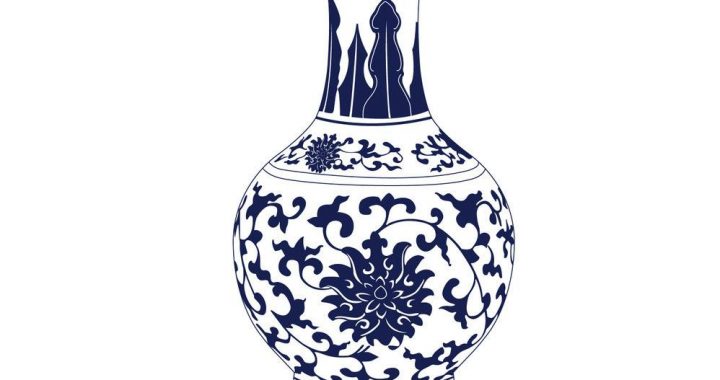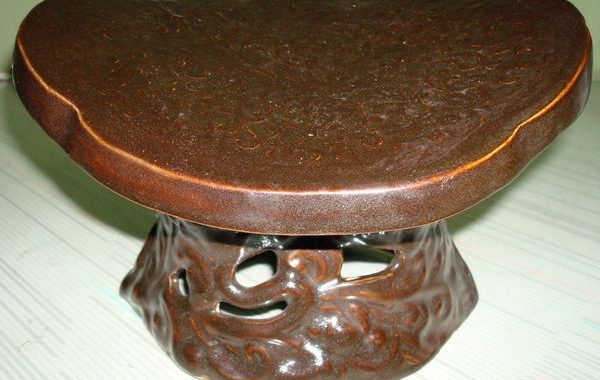Porcelain and Chinese Cuisine
3 min readPorcelain and Chinese Culture The evolution of porcelain,which is one of the most unique handicrafts of China,always re-flects indispensable influence shed by China’s traditional cul-ture.As intimately linked with tra-ditional Chinese culinary culture,painting art,and even religious art,it provides us with a new per-spective to appreciate China’s ancient culture.
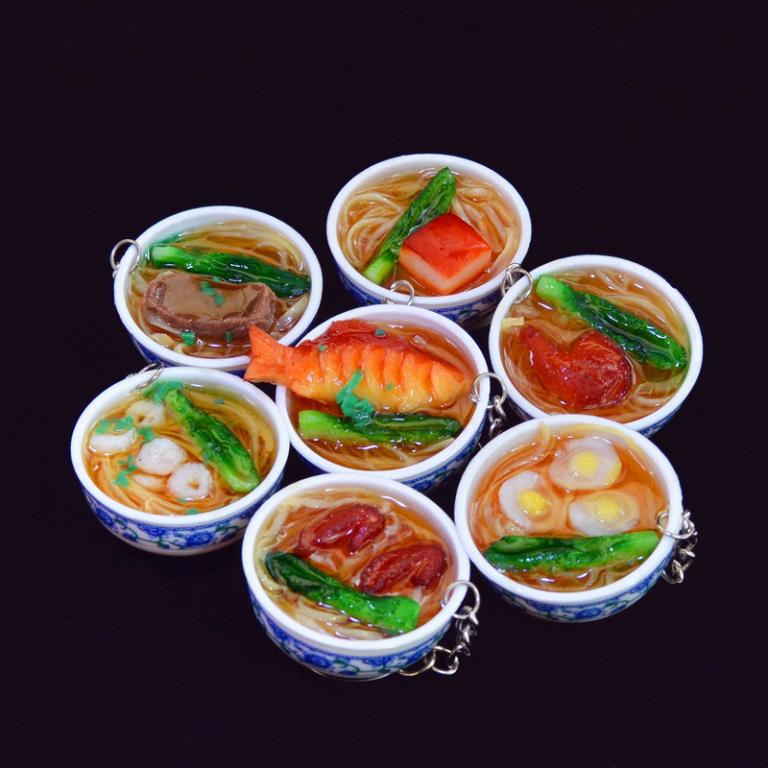
Porcelain and Chinese Cuisine
As the old saying goes,”Bread is the staff of life”.Chinese people are especially particular about cuisine,which no longer exists as a mere physical need,but a category of art.Protocols shall be observed during eating and drinking, and naturally enough, the vessels used for cuisine become part of the art. The invention of ceramics, above all, was closely linked with culinary culture as well.
Pottery was the first utensil to change the culinary habit of Chinese people. But when porcelain appeared, it soon replaced the former, as it is cleaner, more beautiful and solid, and stands as a delicate work of art in its ownright. Its shapes and decorations keep changing, along with the transformation of people’s requirements on food and the styles of different ages.
The art of eating is an essential constituent of China’s traditional culinary culture. It not only stresses the color, fragrance and flavour of the food, but also attaches importance to the shapes and connotations of the food containers. Plate, bowl and dish, as the primary types oftableware, have been endowed with different decorations and styles in different times. Ceramic artists ingeniously designed all kinds of pleasant tableware to set off the delicious food, and converted eating into an aesthetic enjoyment.
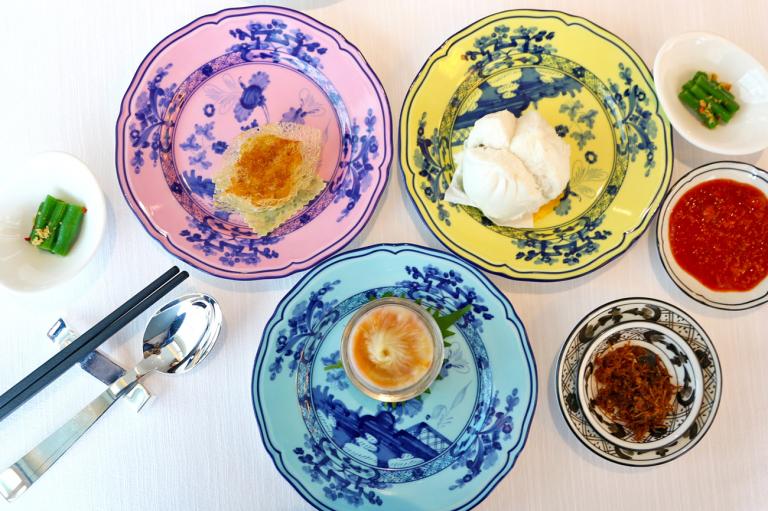
Tea and wine were the two most favored drinks in ancient China. Tea has already been considered as a health drink during the Qin and Han period, and tea drinkingbecame popular since the Tang dynasty. Alongside this trend,a great variety of drinking vessels emerged, especially in forms of bowls, cups and teapots. Among them, celadon wares produced in southern China by theYue kiln and other famous kilns mentioned in Lu Yu’s masterwork Classic of Tea had the call, and were considered as the best vessels for tea drinking. By the Song dynasty,”contending teas”became prevalent among all walks of life, even in the court. The aim of the competition was to compare and appraise the quality of tea and the skill of making tea, with emphasis on the color and fragrance of tea. Therefore, people favored tea vessels that were able toset off the tea color, and the black glazed porcelain wares produced in Fujian were considered as the best tea equipments, such as the black glazed cup with hare’s-fur-streaks and black glazed bowl with partridge-spots. During the Ming and Qing dynasties, graceful literati and scholars became more addicted to tea appreciation, and fostered the appearance of innumerous tea wares reflecting their preference.
The types of wine vessels are even more varied. Chinese literati have kept an inseparable relationship with wine culture all through the history, as well as wonderful wine stories such as “Comment heroes while warming the wine with plums”and “The great poet Li Bai wrote 100 poems after drinking wine.”The specially shaped “Taibai zun bottle”was just named after Li Bai. It is hemispherical shaped with a small mouth and big bottom, propitious to keep the fragrance of wine.
In one word, porcelain has been indivisible from China’s traditional cuisine art, and helps to nurture its distinctive and unique characters.
